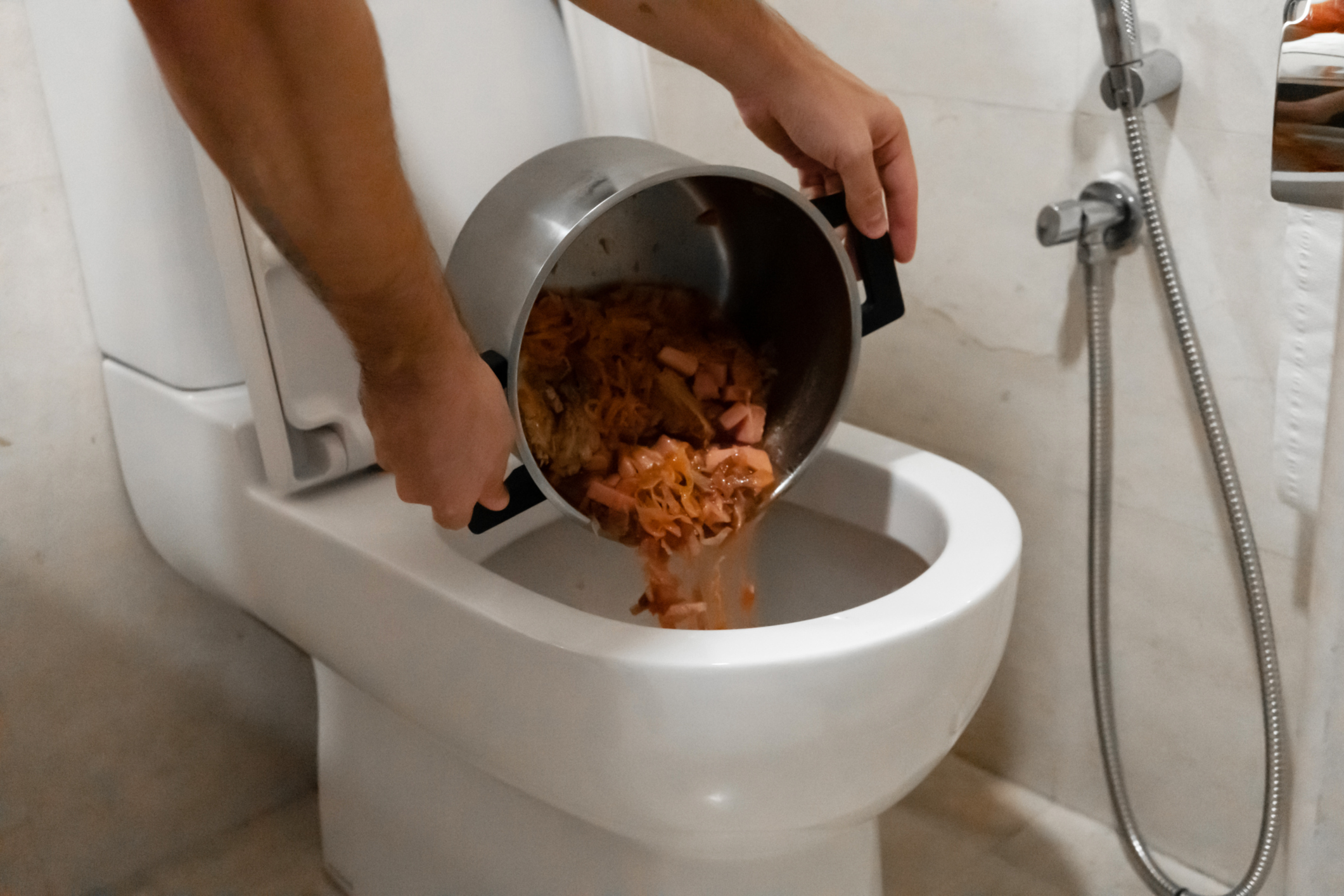Can One to Dispose of Food in the Toilet?
Can One to Dispose of Food in the Toilet?
Blog Article
Here on the next paragraphs you can find a bunch of sensible insights around Think Twice Before Flushing Food Down Your Toilet.

Intro
Many individuals are often confronted with the dilemma of what to do with food waste, particularly when it pertains to leftovers or scraps. One typical question that develops is whether it's fine to flush food down the bathroom. In this short article, we'll look into the reasons why individuals may take into consideration purging food, the repercussions of doing so, and alternate techniques for proper disposal.
Reasons why individuals might consider flushing food
Absence of understanding
Some individuals might not recognize the prospective harm caused by purging food down the bathroom. They may erroneously believe that it's a safe technique.
Benefit
Purging food down the bathroom might seem like a quick and simple remedy to taking care of unwanted scraps, particularly when there's no close-by trash can readily available.
Laziness
Sometimes, people may just select to flush food out of large idleness, without taking into consideration the effects of their activities.
Effects of flushing food down the commode
Ecological impact
Food waste that ends up in waterways can add to air pollution and harm marine communities. Additionally, the water made use of to flush food can stress water resources.
Pipes issues
Purging food can bring about stopped up pipelines and drains, creating costly plumbing repairs and hassles.
Sorts of food that ought to not be purged
Coarse foods
Foods with coarse textures such as celery or corn husks can obtain tangled in pipes and trigger blockages.
Starchy foods
Starchy foods like pasta and rice can soak up water and swell, leading to blockages in pipes.
Oils and fats
Greasy foods like bacon or cooking oils must never ever be purged down the bathroom as they can strengthen and create clogs.
Correct disposal approaches for food waste
Making use of a waste disposal unit
For homes equipped with waste disposal unit, food scraps can be ground up and purged with the plumbing system. However, not all foods are suitable for disposal in this fashion.
Recycling
Specific food packaging materials can be reused, minimizing waste and reducing environmental influence.
Composting
Composting is an environment-friendly method to deal with food waste. Organic products can be composted and utilized to enrich dirt for horticulture.
The importance of correct waste management
Lowering environmental damage
Correct waste management techniques, such as composting and recycling, help reduce air pollution and preserve natural resources for future generations.
Securing plumbing systems
By preventing the technique of flushing food down the commode, homeowners can avoid expensive pipes repair services and keep the honesty of their pipes systems.
Verdict
Finally, while it might be tempting to flush food down the toilet for convenience, it is very important to recognize the prospective consequences of this action. By taking on proper waste administration techniques and throwing away food waste properly, individuals can contribute to much healthier plumbing systems and a cleaner environment for all.
FLUSH FOOD DOWN THE TOILET?
FLUSHING FOOD CAN CAUSE BLOCKED DRAINS IN YOUR HOME
All of the plumbing fixtures in your home are connected to the same sewer pipe outside of your home. This outdoor sewer pipe is responsible for transporting all the wastewater from your home to the Council sewer mains. Even small pieces of food that go down the kitchen sink can cause problems for your sewer. It should therefore be obvious that flushing larger bits of food, such as meat, risks a clog in either the toilet itself or the sewer pipes. Flushing greasy food is even more problematic because oil coagulates when it cools, coating the interior lining of your pipes.
THE TOILET IS NOT A BIN
Food isn’t the only thing that people shouldn’t be flushing down the toilet. People use the toilet to dispose of all kinds of things such as tampons, makeup wipes, dental floss, kitty litter and even underwear. Water goes to great lengths to educate residents about the high costs and stress placed on wastewater treatment systems simply from people flushing the wrong stuff down the toilet. It costs taxpayers millions of dollars each year, and homeowners thousands in blocked drain repairs.
FLUSHING FOOD IS A WASTE OF WATER
Flushing food is a waste of our most precious resource - water. In June this year Level 1 water restrictions were introduced to protect water supply from drought conditions. Much of New South Wales continues to be affected by prolonged drought with recent figures revealing up to 97 per cent of the state remains in drought. Depending on whether you have a single or dual flush toilet, every single flush uses between five and 11 litres of water. In the current climate this is a huge amount of water to be wasting on flushing food that should be placed in the bin (or better yet, the compost).
https://www.jabplumbingsolutions.com.au/blog/can-you-flush-food-down-the-toilet

Do you like reading about Is it safe to flush food (especially rice) down the toilet?? Give a review down the page. We'd be delighted to listen to your insights about this post. We are looking forward to see you back again in the future. Are you aware of another individual who is fascinated by the subject? Please feel free to promote it. Thank-you for going through it.
Book Service Now Report this page